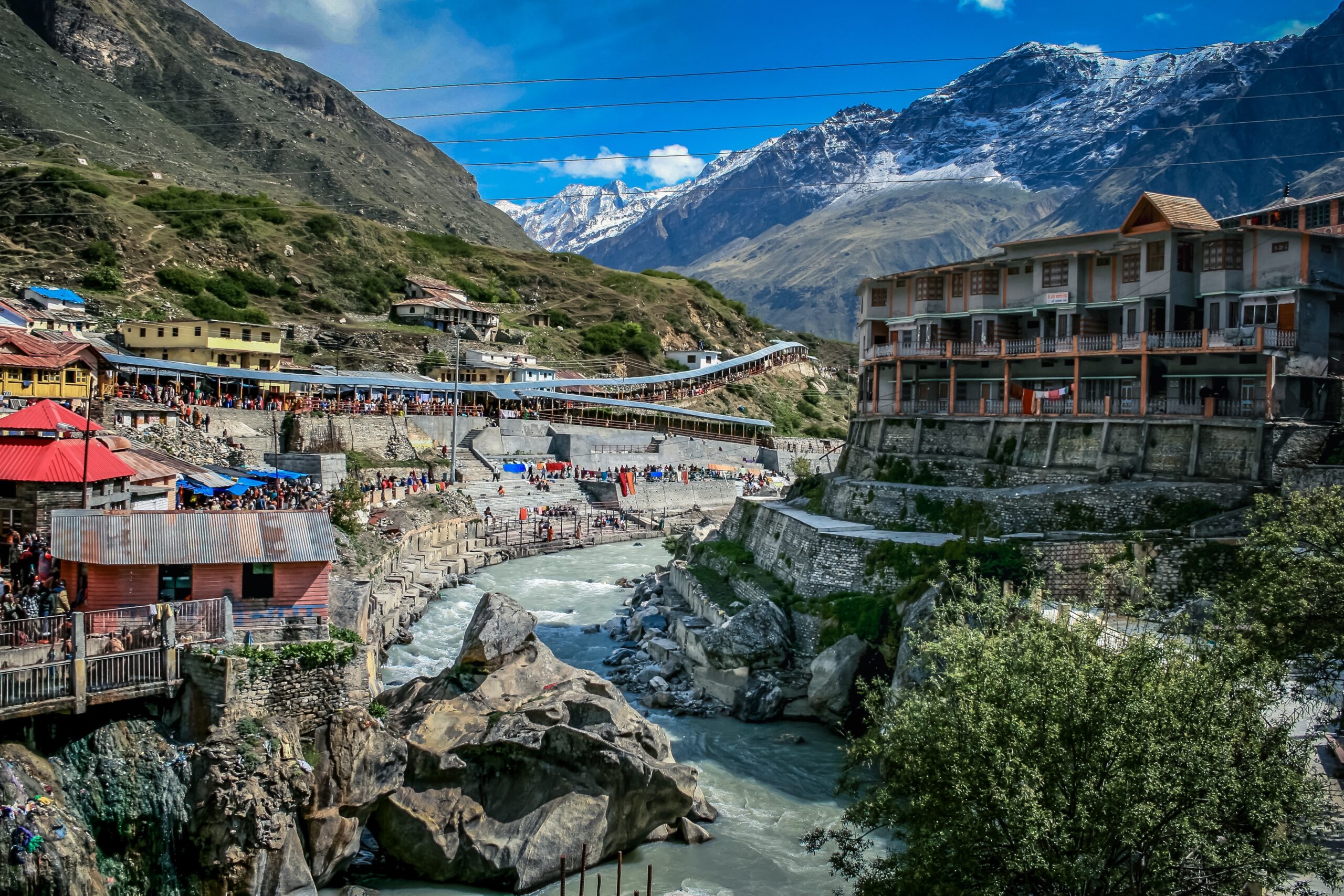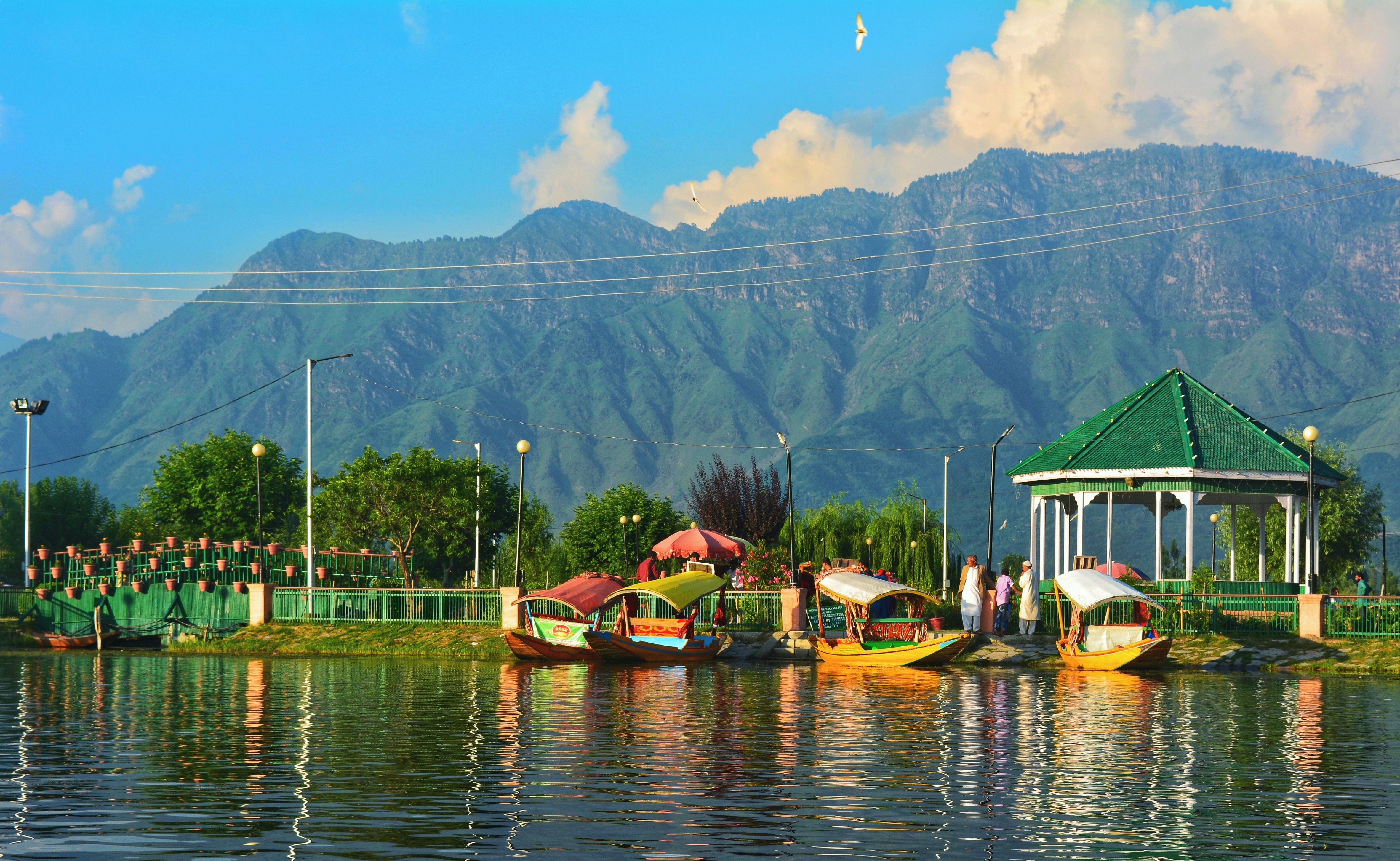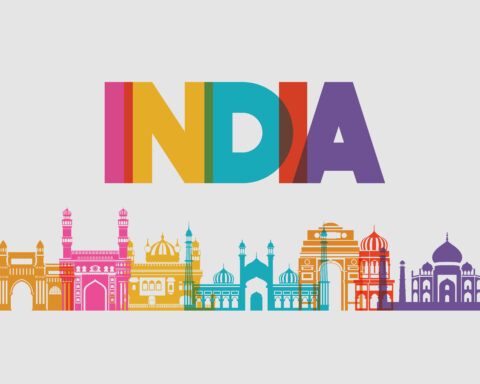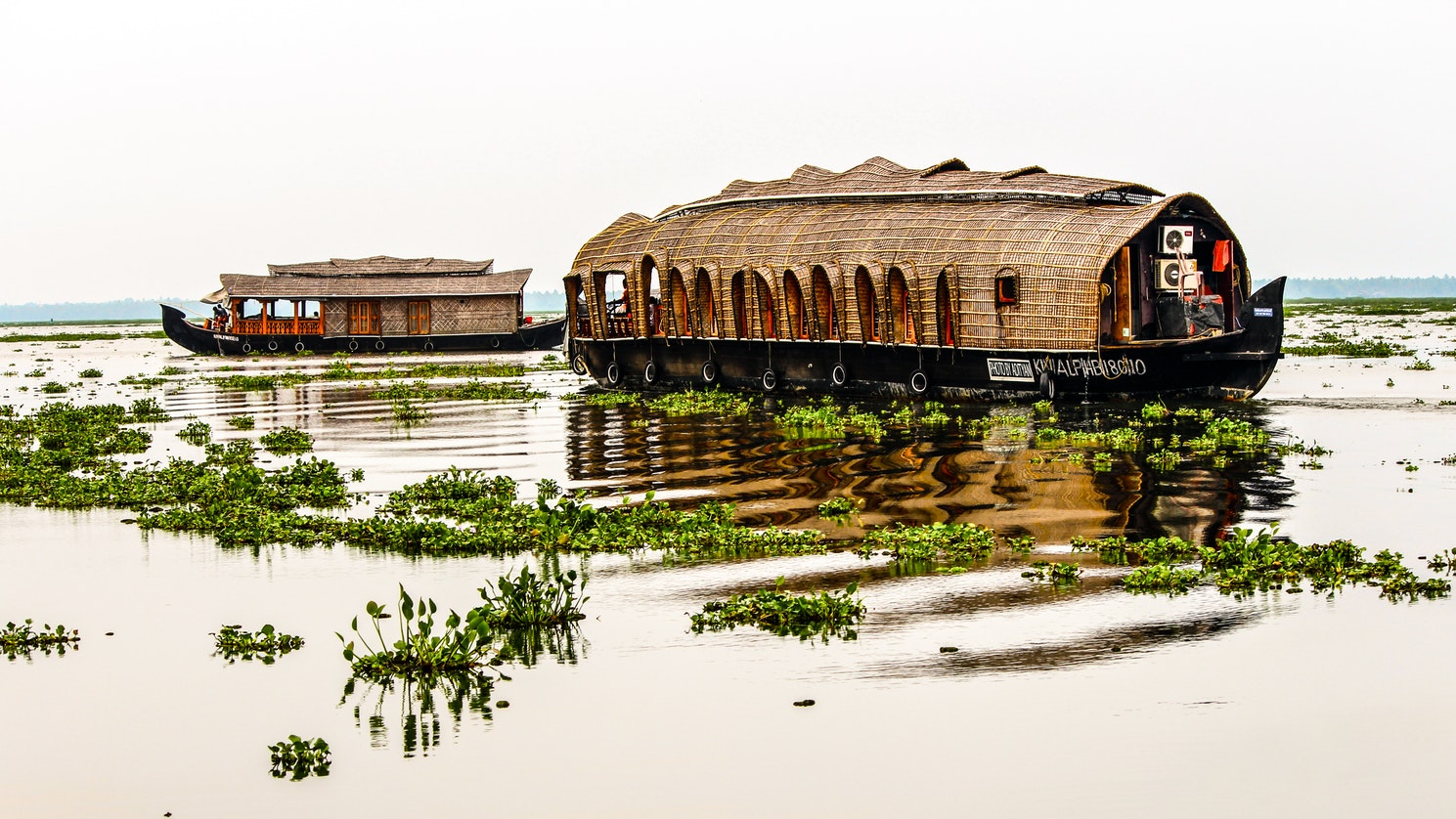We are starting with a cliché, but when it comes to names, The Bard of Avon’s famous quote comes to the fore. William Shakespeare’s renowned phrase “What’s in a name?” might not have mattered then, but it does matter very much to tourists and travellers today. We seek places by their names, and those names excite us to explore more. There are times when a particular name takes our breath away, beseeches a passion in us, and drives us to roam its vicinity with over-eagerness and rapaciousness. In modern India, the name of Srinagar invokes various emotions in different people, who interpret it according to their knowledge and beliefs. In terms of its etymological roots, the word Srinagar simply means “The City of Goddess Lakshmi” in the several common languages of the sub-continent. “Sri” is another name for the Hindu Goddess of Wealth (Devi Lakshmi), whereas “Nagar” means a city or a town. This is not to claim a specific religious identity for a location, but rather to speculate on the origin of its name.
Now, while discussing the city of Srinagar, guesses are bound to be made about the famous summer capital of the Kashmir valley. Kashmiri Srinagar is a city that is the most popular of all the tourist places in India. This place is inherently associated with the beauty of its region. It is a city that is also seeped in history, heritage, and culture. Although politically volatile in the last few decades, Srinagar still witnesses tourists in unfathomable multitudes. Travellers from all across the world run to it in droves. The post-COVID phenomenon of revenge tourism has seen record visitations to this place. That is all very fine. But here comes the interesting part of this name. We have not one, but two Himalayan cities that bear this nomenclature. Maybe, we have more places by this name, but this writer has not come into contact with any others yet. Therefore, let me postulate at this moment on these two places that surprisingly have the same name of Srinagar – the city of the Goddess of wealth.
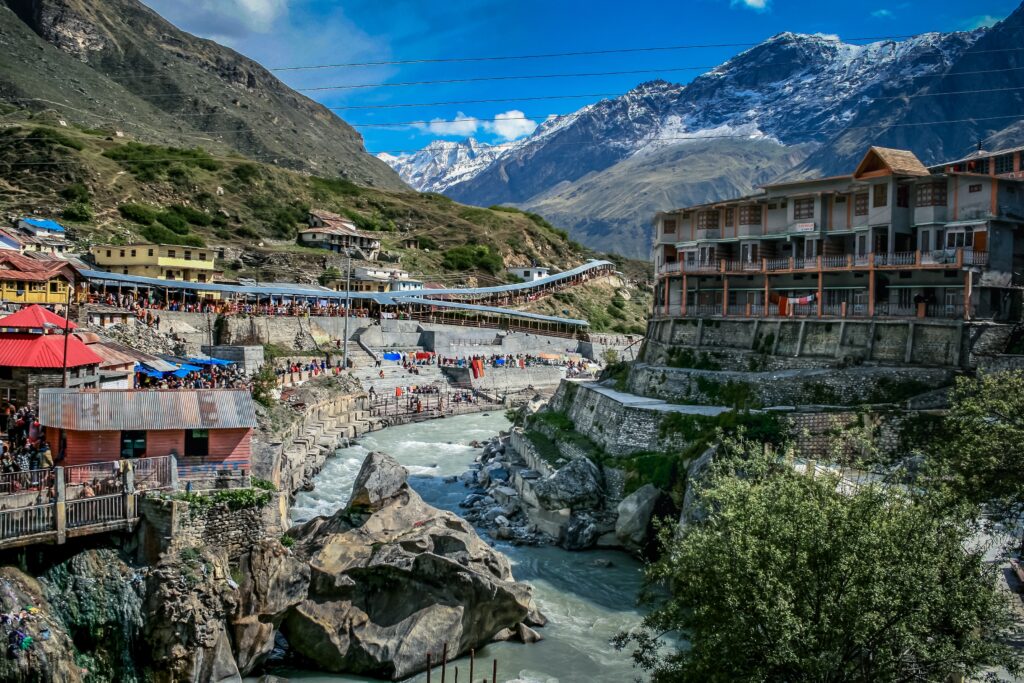
For the record, the other Srinagar is an equally important religious and cultural centre of India. It is situated in the state of Uttarakhand, another region like Kashmir to be situated in the Northern part of this country. The state of Uttarakhand is often referred to as the Land of the Gods – Devbhumi.
This other Srinagar is far overshadowed by its more famous counterpart. While Kashmiri Srinagar remains a hot topic of discussion all the time, Uttarakhand Srinagar is seldom invoked in discussions in the media or by the general populace. Today, in this article, we will explore a little bit of the history of both of these cities. That would enable us to understand them more intimately. As discussed above, most of us are quite aware of the significance of tourism in both of these places. Both of these Himalayan cities are gateways to the mountain valleys and vegetation of their respective regions. However, their histories are equally vibrant.
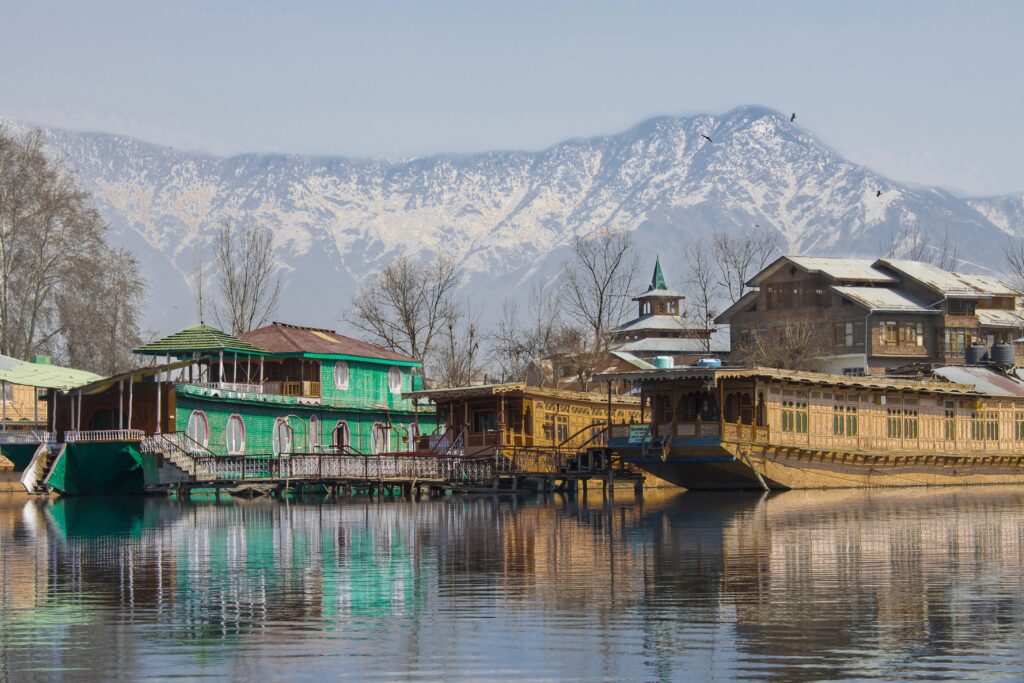
Srinagar, Kashmir’s largest city and summer capital, has a diverse and syncretic religious and philosophical history. Today, we might view it as a place of strife and strikes, but the past was often glorious. The Kashmir Valley itself has its own origin story in the realm of mythology, like most places in India. Legend has it that the Vedic sage Kashyap Muni curved this place out of a gigantic lake after squeezing out all its water. In the Vedic pantheon of India, Kashyap Muni (monk) is often invoked with veneration. He is considered to be one of the most important Vedic sages of ancient India. Thus, Kashyap Muni’s powerful participation created the beautiful valley of Kashmir, as per mythology. In due course of time, several dwellings grew out of that valley, one of which was the significant centre of Srinagar. On the other hand, according to most historians, the genesis of the historical city of Srinagar lies in the 3rd century BCE. During that period, the great Mauryan Emperor ‘Ashoka the Great’ created a locality called Srinagari in the vicinity of this current city. Therefore, it can be assumed that later on, some local kings might have developed the current city, which gradually took the name that Emperor Ashoka once gave to his creation. This is also the most logical inference that we can draw about its nomenclature. In addition to its baptization, as a result of Ashoka’s intervention in those ancient times, Kashmir became an epicentre of Buddhism. This was later strengthened when the Kushana Dynasty controlled this valley. The Kushanas were a nomadic group of people from the Yuezhi tribe, who lived in what is possibly now north-western China. This large Kushana Empire also predominantly practised Buddhism. But Buddhism alone did not flourish as a sole entity in the vale of Kashmir. At the same time, other philosophies, one of which was Kashmiri Shaivism, spread far and wide. These disciplines were further joined by Sufi doctrines, when various Sufi saints and holy men came from different parts of Asia to this valley and settled there on a permanent basis. All these philosophies made the Kashmir Valley a centre of great learning and scholarship. The region became an ocean of education, where only wisdom and true understanding flowed. At some point in time, one of the Sufi saints converted a local Buddhist king to Islam, and ever since, Muslim rulers have governed this valley with much love and care. Later on, Mughal suzerainty came to this valley (which was engineered by Akbar the Great’s deceptive tactic), followed by the Durranis of Afghanistan. Then the hegemony of the Sikh Empire had its days under the sun here, before the British overpowered everybody to control its environs. Thus, due to the practise of many faiths and philosophies ever since the ancient ages through medieval times to modern era, Srinagar saw the arrival of many great personalities. It saw the intermingling of divergent faiths and different doctrines. Before any other city in India could develop its own distinct aura, Srinagar in Kashmir had already established itself as a great centre of ideas and theories. Thus, it has always been an epicentre of knowledge and syncretic tenets. In the modern era, the city is still the proverbial “jannat” (paradise on earth) that we all cherish visiting at least once in our lifetimes, and possibly again and again if given the opportunity.
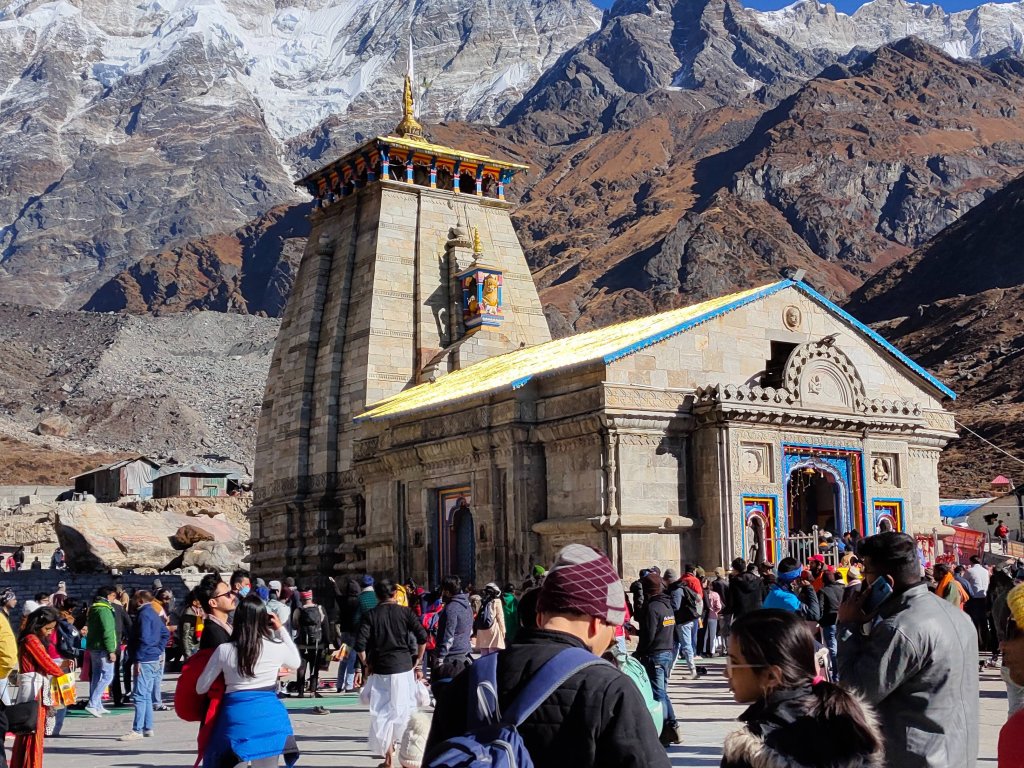
Let us now arrive at the other part of our story today. It was probably in the year 2000 or 2001, at the start of this new millennium, when ‘yours truly’ happened to pass through this other Srinagar en route to Kedarnath. The first impression of this city in Uttarakhand was one of awe for me. That another place with that same famous name could exist was news to an ignorant soul in those bygone years. The place was (and still is) covered in temples of various shapes and sizes. To me, it carried a distinct air of piety and tranquility. Inquiring further with my fellow passengers, I learned of its history at that moment, which was later bolstered by various studies and research. The Uttarakhand city of Srinagar is equally important to the people there, just like its famous counterpart. Once upon a time, this city, situated on the bank of the River Alakananda, was the capital of the Garhwali Kingdom. As a result, it was the most important centre of political activities, culture, and commerce for that part of the world. Later on, control of this place passed on to the Gorkhas when they captured this region. As a result, even today, one can find a sizeable number of Gorkhali people in the Garhwal valleys. (However, after some time, like the rest of India, the British took control of the place.) In an unfortunate turn of events, that old city suffered natural disasters from time to time. Today, however, the current city of Srinagar in Uttarakhand is a bustling large locality in Pauri Garhwal that has made significant contributions to education and culture in the region. Undoubtedly, it is one of the most important centres of the modern state of Uttarakhand. This city can also be used as a resting place while travelling to the Char Dhams of the Garhwal Himalayas. But Srinagar itself has many important temples, and a lot of pilgrims visit this place from time to time. This place also has a lot of tourist attractions and can be visited just for its individual local sites. There is a certain poise and charm to this place that is very hard to translate into words. The fragrance of faith floats in every nook and corner of this city. Even for a small amount of time, this Srinagar beckons a traveller with utmost love to its poignant bosom. Maybe a weary traveller can feel the resonance of a quest while visiting this holy city in the state of Uttarakhand. In some ways, this other Srinagar is no less interesting than its famous namesake. People who visit will remember it for a long time. It is worth the visit.
Thus, we have seen how both of these cities by the same name are quite unique but different in their own ways. They are places that should be visited by every traveller to understand the very soul of this sub-continent.
Author Bio:

Saurav Ranjan Datta is an Indian author and columnist known for his works on history, travel, and real-life-inspired stories. He has written numerous articles for several national and international publications, like the Hindustan Times, CNBCTV18, Timeless Travels Magazine UK, Outlook India, Times Journal, The Statesman Kolkata, Kitaab.org, Ancient Origins Magazine, Ancient History Encyclopaedia, Sulekha.com, Firedeye.com, Utkal Today, The Assam Tribune, HT OTT, Moorshead History Magazine, and The Indian Hour. He has also written poems and short stories for several other anthologies and publishers. His first book, “Maidens of Fate,” is based on real-life incidents that the author encountered in his growing-up years. His second book, “Where Bravehearts Dwelt,” is based on Indian history. The genre is historical fiction here. It has been written with the purpose of presenting history in an interesting way to young people. His third book, “Goddesses of Fury: History’s Most Daring Queen,” is a purely non-fictional work on history. Several academic bodies have mentioned and referenced it. Many Wikipedia articles have also taken this book as their reference point.
